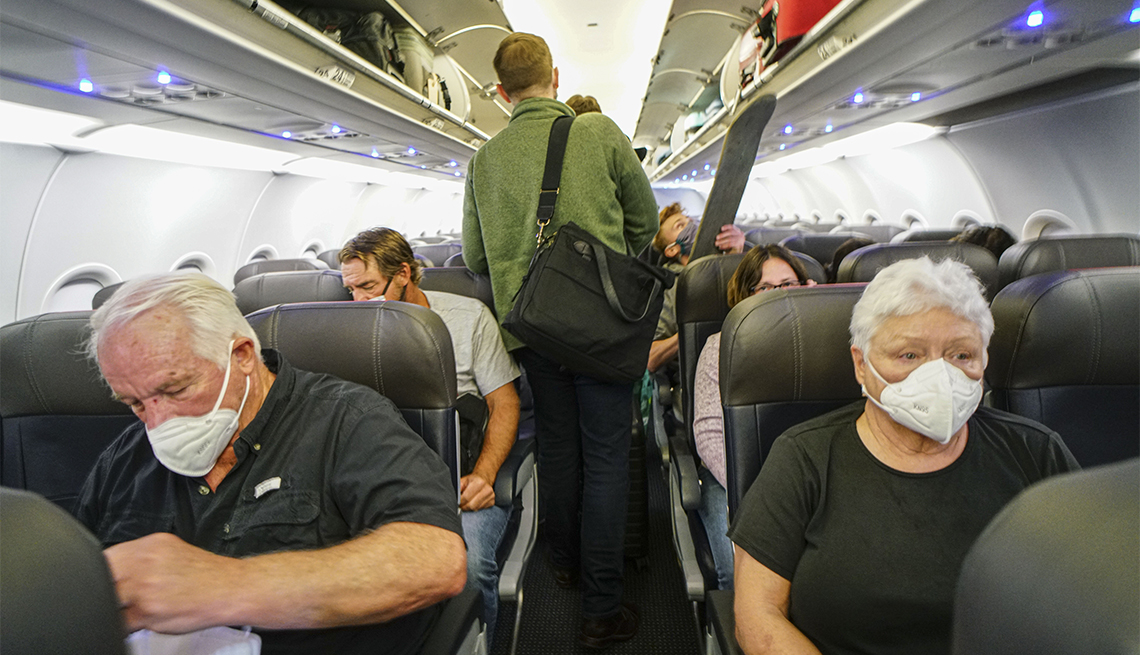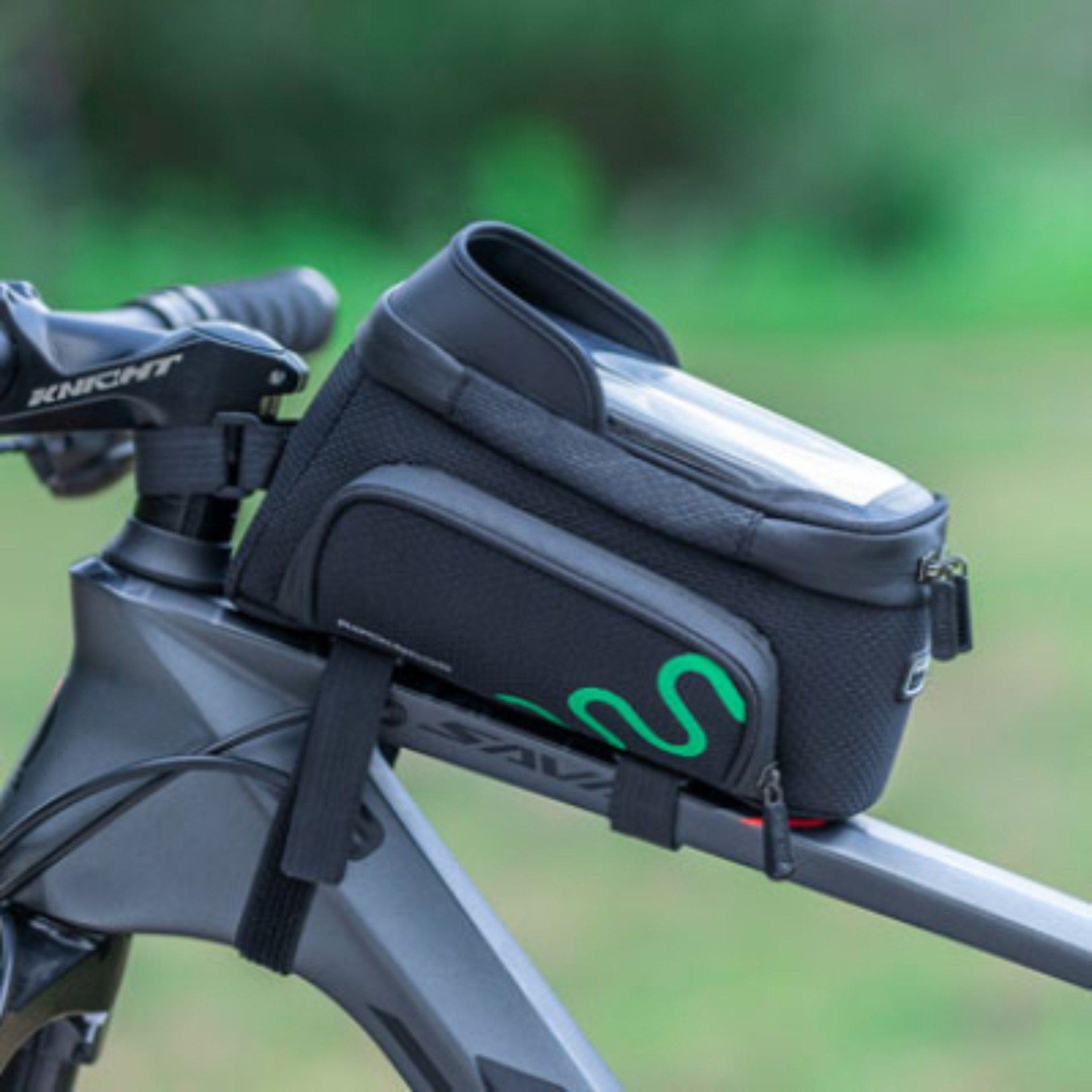When to Go to Europe: Timing Your Trip

Some individuals have versatile sufficient jobs and way of lives to cherry-pick when to take their getaways, however many others have less choice. Luckily, Europe welcomes visitors 365 days a year– and each season offers a different atmosphere and experience.
In travel-industry lingo, the year is divided into three seasons: peak season (approximately mid-June through August), shoulder season (April through mid-June and September through October), and off-season (November through March). Each has its advantages and disadvantages. Despite when you go, if your goal is to “satisfy individuals,” you’ll find Europe filled with them any time of year.
Peak Season
Summer is a fun time to take a trip– except for the crowds and high temperatures. Warm weather, long days, and abundant nightlife turn Europe into a powerful magnet. I have not missed a peak season in thirty years. Families with school-age children are normally locked into peak-season travel. Here are a couple of tips to assist you keep your cool:
Arrange your trip with crowd control in mind. Go to the busy places as early or late in peak season as you can. Think about, for example, a six-week European trip beginning June 1, half with a rail pass to see famous sights in Italy and Austria, and half going to loved ones in Scotland. It would be wise to do the rail pass section first, taking pleasure in less crowds, then spend time with the household during the last half of your trip, when Florence and Salzburg are bristling with tourists. Salzburg on June 10 and Salzburg on July 10 are 2 extremely various experiences.
Invest the night. Popular day-trip locations near huge cities and resorts such as Toledo (near Madrid), San Marino( near huge Italian beach resorts), and San Gimignano (near Florence) take on a more serene and enjoyable environment at night, when the legions of day-trippers pull away to the predictable plumbing of their big-city or beach-resort hotels. Towns usually do not have hotels big enough for tour groups and are frequently inaccessible to large buses. So, at worst, they experience midday crowds. Similarly, popular cruise-ship locations, such as Venice and Dubrovnik, are hellishly loaded throughout the day– however more bearable in the evening, when the cruise crowds cruise off.
Get ready for intense heat. Europeans swear that it gets hotter every year. Even restaurants in cooler climates( like Munich or Amsterdam) now tend to have adequate al fresco seating to make the most of the ever longer outdoor-dining season. Throughout Europe in July and August, anticipate heats– even sweltering heat– particularly in the south.
Do not discount rate July and August. Although Europe’s traveler crowds can generally be plotted on a bell-shaped curve that peaks in July and August, there are exceptions. For circumstances, Paris is relatively empty in July and August but loaded full in June and September for conventions and trade programs. Business-class hotels in Scandinavia are least expensive in the summer season, when service travel there is down.
In much of Europe( particularly Italy and France), cities are partially shut down in July and August, when regional urbanites take their beach breaks. You’ll hear that these are awful times to travel, however it’s actually no huge deal. You can’t get a dental expert, and many launderettes may be closed, however tourists are basically untouched by Europe’s mass holidays. Just don’t get captured on the wrong roadway on the very first or fifteenth of the month( when holidays frequently start or end up, causing big traffic jams), or attempt to contend with all of Europe for a piece of French Riviera beach in August.
Some places are best experienced in peak season. Travel in the peak season in Scandinavia, Britain, and Ireland, where you want the very best weather condition and longest days possible, where the dreadful crowds of other destinations are unusual, and where sights are sleepy or perhaps closed in shoulder season. Scandinavia has an exceptionally short tourist season– generally from mid-June to late August; I ‘d prevent it outside this window.
Shoulder Season
” Shoulder season”– generally April through mid-June, and September through October– integrates the benefits of both peak- and off-season travel. In shoulder season, you’ll take pleasure in good weather, long-enough daylight, less crowds, and a regional traveler industry still prepared to please and captivate.
Shoulder season differs by destination. Because fall and spring bring cooler temperatures in Mediterranean Europe, shoulder season in much of Italy, southern France, Spain, Croatia, and Greece can in fact include near peak-season crowds and prices. For example, except for beach resorts, Italy’s peak season is May, June, September, and October– not July and August. As discussed earlier, Paris is surprisingly peaceful in July and August.
Spring or fall? If debating the merits of traveling before or after summer, consider your destination. Both weather and crowds are about the same in spring or fall. Mediterranean Europe is normally green in spring, but parched in fall. For hikers, the Alps are much better in early fall, because many good hiking routes are still covered with snow through the late spring.
On a spending plan note, keep in mind that round-trip airlines tickets are figured out by your departure date. Therefore, if you fly over during peak season and return late in the fall (shoulder season), you might still pay peak-season round-trip fares.
Off-Season
Every summertime, Europe greets a stampede of sightseers. Prior to jumping into the peak-season pig pile, consider a trip during the off-season– usually November through March.
Anticipate to pay less (many of the time). Off-season airlines tickets are frequently hundreds of dollars less expensive. With fewer crowds in Europe, you may find you can sleep for less: Numerous fine hotels drop their rates, and budget plan hotels will have lots of jobs. And while some smaller or rural accommodations may be closed, those still open are generally empty and, for that reason, more comfortable. The reverse holds true of big-city service centers (especially Berlin, Brussels, and the Scandinavian capitals), which are busiest with business travelers and most pricey off-season.
Enjoy having Europe to yourself. Off-season travelers loiter undisturbed in Leonardo da Vinci’s home, contemplate Rome’s Forum all alone, kick up sand on lonely Adriatic beaches, and chat with laid-back guards by log fires in French ch & acirc; teaux. In wintertime Venice, you can be by yourself atop St. Mark’s belfry, watching the clouds of your breath roll over the church’s Byzantine domes to a horizon of cut-glass Alps. Listed below, on St. Mark’s Square, pigeons fidget and question, “Where are the tourists?”
Off-season adventurers enjoy step-right-up service at shops and traveler offices, and experience a more European Europe. Although numerous popular tourist-oriented parks, programs, and tours will be closed, off-season is in-season for high culture: In Vienna, for instance, the Kids’ Choir, opera, and Lipizzaner stallions are in all their crowd-pleasing magnificence.
Be gotten ready for any type of weather. Due to the fact that much of Europe is at Canadian latitudes, the winter season days are short. It’s dark by 5 p.m. The weather condition can be unpleasant– cold, windy, and drizzly– and then turn even worse.
Load for the cold and damp– layers of clothes, rainproof parka, gloves, wool hat, long johns, waterproof shoes, and an umbrella. Dress warmly. Cold weather condition is cooler when you’re outdoors trying to enjoy yourself all day, and low-cost hotels can be cool and drafty in the off-season. However simply as summer can be wet and gray, winter season can be crisp and blue, and even into mid-November, hillsides blaze with colorful leaves.
Beware of much shorter hours. Make the most out of your restricted daytime hours. Some sights close down totally in the off-season, and many operate on shorter hours, with sunset often figuring out the closing time. Winter season sightseeing is fine in big cities, which bustle year-round, however it’s more aggravating in little tourist towns, which can be boringly quiet, with numerous sights and restaurants closed down. In December, most beach resorts stopped talking as tight as canned hams. While Europe’s fantastic outdoor evening atmosphere survives all year in the south, winter streets are empty in the north after dark. English-language tours, typical in the summer season, are rarer off-season, when most visitors are natives. Tourist details offices usually remain open year-round, however have much shorter hours in winter season.











